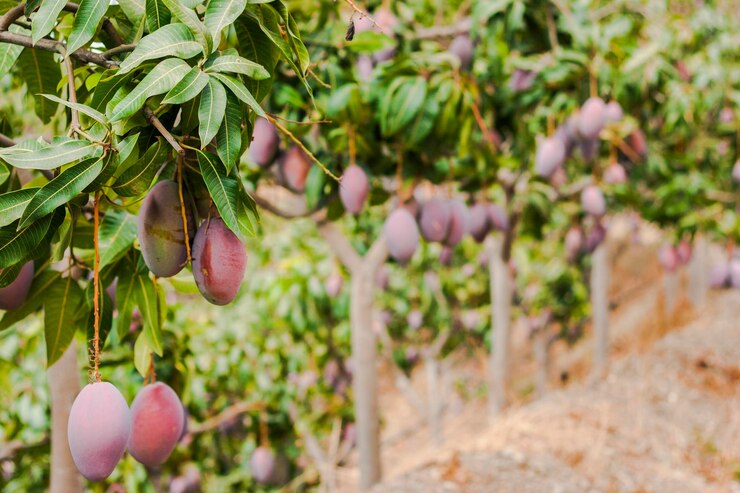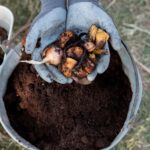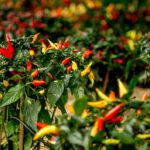Fruit flies are one of the most damaging pests in mango orchards, causing significant losses by laying eggs inside the fruit, which leads to rotting and reduces market value. Effective fruit fly control is essential to protect mango yields and maintain orchard profitability. This article provides practical and proven strategies to manage fruit flies in mango orchards and keep infestations under control.
Fruit flies, particularly species like the Mediterranean fruit fly and the Oriental fruit fly, target mature and ripening mangoes. The female fruit flies lay eggs beneath the skin, and when larvae hatch, they feed on the fruit pulp, causing the fruit to decay and drop prematurely. If left unmanaged, fruit fly infestations can devastate an entire orchard.
The first step in controlling fruit flies is orchard sanitation. Regularly collect and destroy fallen and infested fruits to break the pest’s breeding cycle. Proper disposal methods include burying the fruit deep in the soil or placing them in sealed plastic bags before discarding. This reduces the number of larvae developing into adult flies that can infest healthy fruit.
Trapping adult fruit flies using bait traps is another effective control method. These traps attract flies with a combination of food-based lures and insecticides or sticky surfaces. Commonly used baits include protein hydrolysate, methyl eugenol, or cuelure, depending on the fruit fly species present. Strategically placing traps throughout the orchard helps monitor fly populations and reduce their numbers.
In addition to sanitation and trapping, bait spraying can be used. This involves applying protein bait mixed with a small amount of insecticide on the lower foliage of mango trees. Fruit flies feed on the bait and are killed by the insecticide, which reduces their populations without excessive chemical use. This targeted approach minimizes harm to beneficial insects.
Biological control agents also offer promising results in fruit fly management. Natural enemies such as parasitic wasps can reduce fruit fly populations by laying their eggs inside fruit fly larvae, effectively killing them. Encouraging biodiversity in and around the orchard by planting flowering plants can support these beneficial insects.
For large-scale or severe infestations, chemical insecticides may be necessary. Always choose registered insecticides specific for fruit fly control in mango and follow recommended application rates and timing to minimize environmental impact and resistance development.
Integrated pest management (IPM) combines these strategies for the most sustainable fruit fly control. Regular monitoring, sanitation, baiting, biological control, and judicious chemical use work together to keep fruit fly populations low and protect mango harvests.
In conclusion, controlling fruit flies in mango orchards requires a multi-faceted approach focused on disrupting the pest’s life cycle, reducing adult populations, and supporting natural enemies. By implementing sanitation practices, bait trapping, bait spraying, biological control, and responsible insecticide use, mango growers can effectively manage fruit flies and ensure healthy, high-quality fruit year after year.
Join 'Farmers Mag' WhatsApp Channel
Get the latest Farming news and tips delivered straight to your WhatsApp
CLICK HERE TO JOIN






